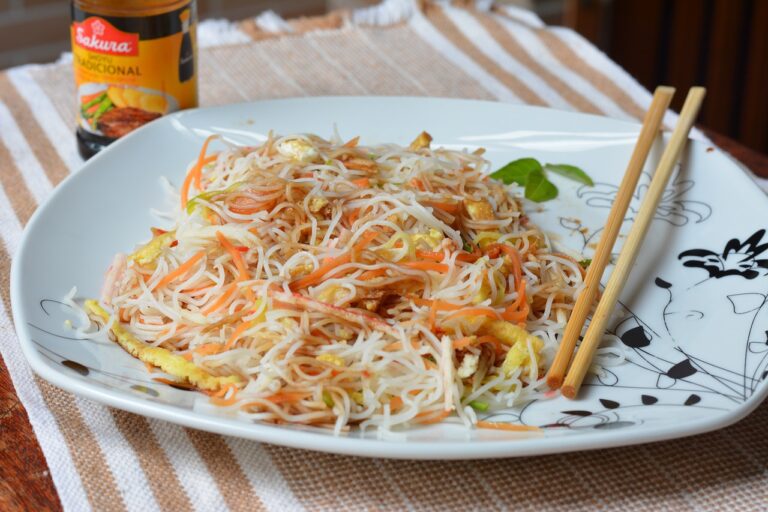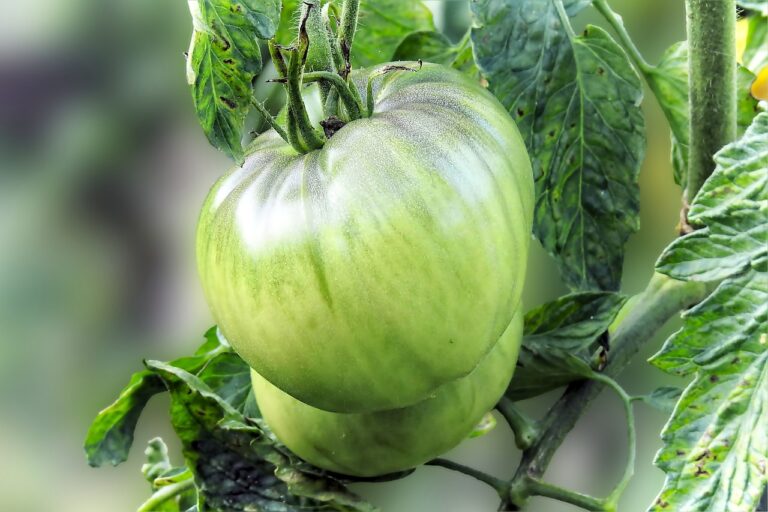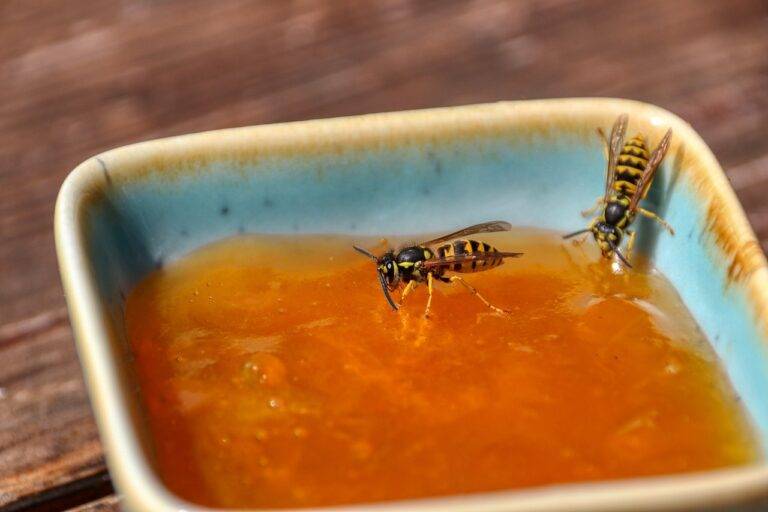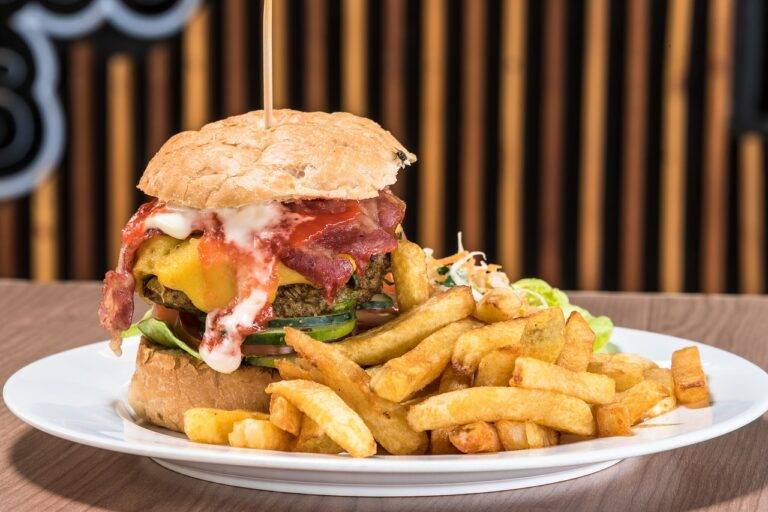Food Additives and Food Texture Perception in Gastronomic Tourism
99exch.com login, laser247 com, yolo 24/7 login: Food additives play a crucial role in food texture perception in the realm of gastronomic tourism. As tourists embark on culinary adventures around the world, the texture of food plays a significant role in their overall dining experience. From the crunch of freshly baked bread to the smoothness of a creamy dessert, texture adds a dimension to the sensory experience of eating.
In the world of gastronomic tourism, food additives are often used to enhance the texture of dishes. These additives can improve mouthfeel, create unique textures, and even extend shelf life. By understanding the role of food additives in food texture perception, chefs and food enthusiasts alike can elevate their culinary creations to new heights.
As travelers seek out authentic culinary experiences, the importance of food texture cannot be overstated. Whether it’s the chewiness of handmade pasta in Italy or the crispy skin of Peking duck in China, texture plays a crucial role in defining the character of a dish. Food additives are often used to achieve specific textures, whether it’s adding stability to an emulsion or creating a velvety smoothness in a sauce.
In gastronomic tourism, food additives are not only used to enhance texture but also to preserve traditional recipes. By using additives like stabilizers and emulsifiers, chefs can maintain the integrity of traditional dishes while adapting them to modern tastes. This balance between tradition and innovation is key to the success of gastronomic tourism, as travelers seek out authentic experiences that also offer a unique twist.
One of the challenges of using food additives in gastronomic tourism is ensuring that they are used in a safe and responsible manner. While additives can enhance texture and flavor, they must be used in moderation to avoid negative health effects. Chefs and food producers must be mindful of the additives they use and strive to create dishes that are both delicious and nutritious.
In addition to enhancing texture, food additives can also play a role in creating visually appealing dishes. From vibrant colors to intricate designs, additives like food coloring and thickening agents can transform a dish into a work of art. In the world of gastronomic tourism, presentation is key, and food additives can help chefs create stunning visual experiences for their guests.
Overall, food additives play a crucial role in food texture perception in gastronomic tourism. By understanding how additives can enhance texture, flavor, and presentation, chefs and food enthusiasts can create unforgettable culinary experiences for travelers around the world. From traditional dishes to modern creations, food additives are a versatile tool that can elevate the dining experience and leave a lasting impression on diners.
FAQs:
1. What are some common food additives used to enhance texture in gastronomic tourism?
Common food additives used to enhance texture in gastronomic tourism include stabilizers, emulsifiers, thickeners, and gelling agents.
2. Are food additives safe to consume?
When used in moderation and according to regulations, food additives are considered safe to consume. It’s important to be mindful of the additives used and to follow recommended guidelines for their usage.
3. How do food additives impact the overall dining experience in gastronomic tourism?
Food additives can enhance the texture, flavor, and presentation of dishes, creating a more memorable and enjoyable dining experience for travelers.
4. How can chefs and food producers ensure responsible use of food additives in gastronomic tourism?
Chefs and food producers can ensure responsible use of food additives by choosing high-quality, approved additives, using them in moderation, and being mindful of their impact on both flavor and health.







